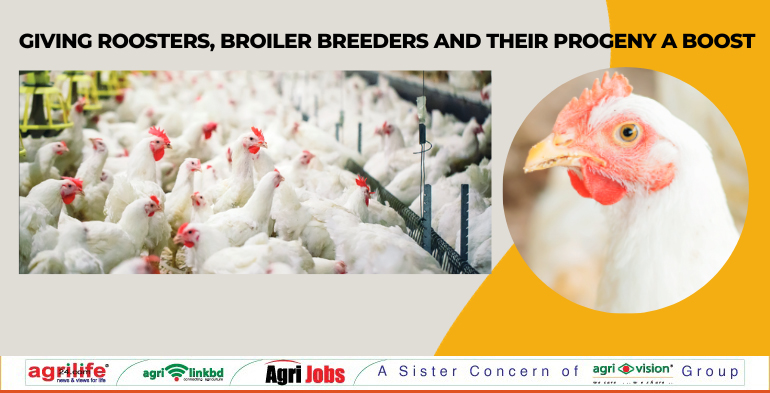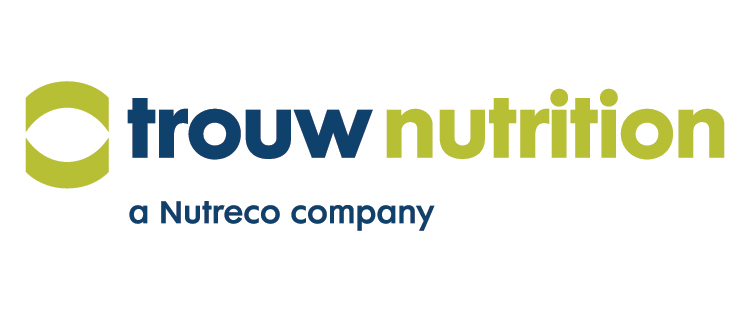
By Lukas Bauer and Carlos de la Cruz, Evonik
At all scales of operations in broiler production, the supply of day-old chicks is a top priority, with fertility and hatchability being two major factors that have great influence on the supply. Here we examine the main factors that impact egg fertility and hatchability and what can be done to increase the likelihood of a positive outcome.
Exposure to conditions that do not meet the required needs of the developing embryo, lethal genes and insufficient nutrients in the egg are among the many factors that contribute to the failure of a fertile egg to hatch. There are also additional breed facts to be considered, which include strain, health, nutrition and age of the flock and egg characteristics, such as weight and quality in addition to storage conditions, all of which play an important role.
Hatchability typically increases from a low of 65-75 percent at the start of lay (23-24 weeks of age) and peaks at 95-98 percent at 35-37 weeks of age. Between 40-45 weeks of age fertility and hatchability declines. After 40 weeks of age, the breeder hen needs more frequent mating to sustain high fertility while at the same time, the rooster tends to be less interested in mating. Consequently, some management strategies are implemented, e.g. spiking - the introduction of additional male broiler breeders into a flock-however from the nutritional side guanidinoacetic acid can help.
Impact of guanidinoacetic acid supplementation
To address these problems and maintain fertility and hatchability, particularly after 40 weeks of age, several studies have examined the effect of supplementing broiler breeder feed with guanidinoacetic acid (GAA), a precursor of creatine.
Creatine plays a crucial role in cellular energy metabolism of animals. Along with phosphocreatine (PCr), it serves as a backup to the adenosine tri-phosphate (ATP) /adenosine di-phosphate (ADP) system in order to store and mobilize energy when required on a short notice, particularly in muscle cells.
Readily available PCr and ATP molecules improve the efficiency of various biological processes (e.g., protein synthesis and deposition, muscle contraction, cell metabolism and ion-homeostasis) in all cells that require energy in the form of ATP. Chicken embryos are entirely reliant on ATP
synthesis to support the energy demanding growth and hatching process (Molenaar,2010).
Creatine occurs naturally in the animal’s body tissue, and it is projected that around 2/3 of the daily requirement is synthesized by the animal, while the remainder must be supplied by the daily diet. Therefore, creatine can be classified as a conditionally essential nutrient.
GAA, synthesized from arginine and glycine in the kidney, is also produced naturally in the body. In the liver GAA is then converted to creatine and finally transported to the target tissues (mainly muscle cells). GuanAMINO® is the innovative form of GAA from Evonik. It is an amino acid derivative and natural precursor of creatine.
How does supplementation help?
At the initial stages of egg development there is a deficit of GAA / creatine from maternal reserves secreted when egg was formed. Then as the embryo develops, levels of GAA and creatine increase; related to the initial growth of muscle tissue in the embryo. The energy demand reaches a peak at hatching, and creatine plays a crucial role at this point. The hatching process is very energy intensive and without sufficient creatine a high percentage of chicks die. All of these factors suggest that GAA supplementation of breeder diets and subsequent transfer into the egg will
increase viability and potential performance of progeny.
Impact on eggs
A study evaluated the effect of GAA supplementation to broiler breeder hen diets on creatine levels in their eggs and it showed that feeding the hens with 0.15% GAA elevates the creatine levels in the egg (Reicher et al., 2020). This has a beneficial potential for embryo development and hatchling quality. The 0.15% GAA group had significantly higher levels of creatine in the albumen and the yolk and consequently in the total egg compared to the control group. Adding 0.15% GAA to the broiler breeder diet, for 11 weeks, elevated the creatine levels in their eggs by 43.2 percent (week 37), 41.9 percent (week 58), and 92.2 percent (week 64).
These results indicate that GAA supplementation in broiler breeder feed increases creatine levels in the breeder hens’ metabolism which also influences hatching eggs creatine levels significantly, subsequently affecting creatine absorbance and synthesis within broiler progeny.
Raising the rooster
Lower mating frequency, decreased semen quality and fertility rate are common in broiler breeder roosters. Semen quality decrease is associated with dysfunction of Sertoli cells and defective spermatogenesis. Creatine plays an important role in the proper functioning of Sertoli cells and energy metabolism in sperm. To study the impact, 20, broiler breeder roosters (Ross 308) at 29-weeks-old were randomly allotted to 4 treatment groups and fed diets supplemented with different levels of GAA, including 0 (GAA-0), 600 (GAA-600), 1200 (GAA-1200), and 1800 (GAA-1800) mg GAA/kg of diet for 26 successive weeks (Tapeh et al., 2016).
During a 24-week period, the seminal characteristics were evaluated weekly. At the end of experiment, sperm penetration and fertility rates were determined, using 68 artificially inseminated age-matched broiler breeder hens of the same strain (for 2 weeks). Semen concentration (P = 0.003),
total sperm number (P = 0.005) and sperm forward motility (P = 0.01) were increased by GAA-1200 group. Also, sperm plasma membrane functionality was marginally affected (P = 0.06) in roosters received all levels of GAA.
The study concluded that dietary GAA was associated with improvement in most of the rooster’s seminal characteristics and fertility rate, suggesting a potential for using GAA to attenuate the age-related sub-fertility in commercial broiler breeder roosters.
Improved progeny performance
In addition to the benefits to fertility and hatchability already outlined, Araujo et al. (2013) examined the effect of GAA supplementation on the performance of broiler breeders and their progeny.
For the progenies trial, 360 one-day old male broiler chickens hatched from the broiler breeders which were fed with different levels of GAA. They were allocated in a completely randomized design to 5 treatments (0.00%; 0.04%; 0.08%; 0.12%; 0.16% GAA in breeder diet) and 6 replicates with 12 birds fed Basal Corn-soy diet, without GAA supplementation in the progeny diet. The progeny performance parameters were measured on day 21 and 42
and carcass measurements on day 42 (3 birds per pen).
GAA supplementation significantly improved hatchability and fertility of eggs in broiler breeders and also the feed conversion of their progenies by up to 17 points in the 0.08% treatment group.
Money matters
A trial with a large integrator in Argentina conducted in 2014 on Arbor Acres Plus breeders (25,604 females at 42 weeks of age and 3,101 males) in three barns (barn 1 and 2 = control; barn 3 = GAA) set out to determine the effect of GAA on the reproductive traits of broiler breeders under field production conditions. It found that fertility and hatchability improved with the supplementation of GAA. It also demonstrated that although total feed cost increased with the on-top GAA supplementation, the income over feed cost increased, meaning a return on investment of 4.95. An additional effect of the GAA
supplementation which was not considered economically was a reduction in mortality rate of breeder hens during the 18-week trial phase (1.43% (GAA) vs. 2.88% (control).
Conclusion
GAA supplementation in breeder diets improves the creatine concentration in the breeder metabolism and increases the creatine concentration in the egg. This improved creatine concentration is beneficial for the chick embryo development and survival and leads to improved hatching rates. Literature even shows that the chick coming from an egg of a “GAA breeder” will later grow significantly better than a chick coming from an egg of an “unsupplemented breeder”. This all translates into better animal health and performance and higher profitability.
Find out more and get in touch at: https://animal-nutrition.evonik.com/en/products-and-solutions/functional-feed-additives/guanamino





















